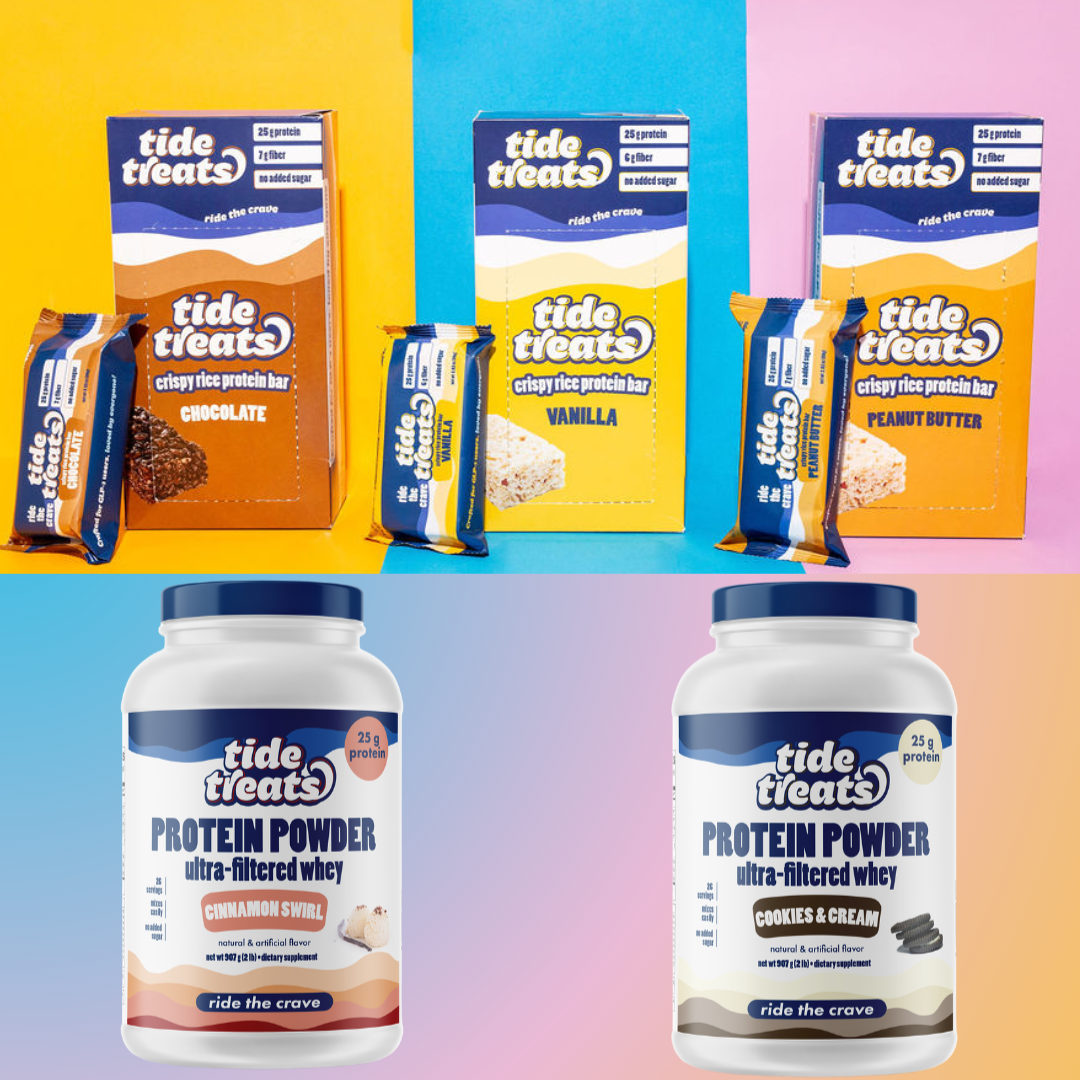Exercise on GLP-1: Adjusting Your Routine for Maximum Results
Exercise on GLP-1: Adjusting Your Routine for Maximum Results
GLP-1 medications have revolutionized weight management, but achieving optimal results requires more than just medication. Exercise plays a crucial role in maximizing the benefits while protecting your muscle mass. If you've recently started a GLP-1 medication like Ozempic, Wegovy, or Mounjaro, here's how to adapt your fitness routine for the best possible outcomes.
Understanding How GLP-1s Affect Your Body During Exercise
GLP-1 receptor agonists work by regulating blood sugar, slowing digestion, and reducing appetite. While these effects support weight loss, they also create unique challenges for exercise:
- Reduced energy intake means less fuel available for workouts
- Changes in digestion timing can affect pre-workout nutrition
- Potential muscle loss if protein intake and resistance training are inadequate
The key is developing an exercise strategy that complements these medication effects rather than fighting against them.
Strength Training: Your Top Priority
On GLP-1 medications, preserving muscle mass becomes especially important. When losing weight, your body doesn't automatically distinguish between fat and muscle loss. Strength training sends a clear signal to your body that muscle is necessary and should be preserved.
Recommendation: Schedule 2-3 strength training sessions weekly, focusing on compound movements like squats, deadlifts, chest presses, and rows.
Timing Your Nutrition Around Workouts
Many GLP-1 users experience reduced appetite and early satiety, making pre-workout fueling challenging. Tide Treats' Protein Bites offer an ideal solution – they're compact, nutrient-dense, and specifically formulated to provide sustained energy without overwhelming your appetite.
A single Tide Treats Protein Bite contains 8g of high-quality protein and slow-releasing carbohydrates that can fuel your workout without triggering the nausea some GLP-1 users experience with larger meals.
Finding Your Cardio Sweet Spot
While cardio remains important for heart health and calorie expenditure, you may need to adjust intensity and duration:
- Lower intensity, moderate duration sessions (like walking, swimming, or cycling) are often better tolerated
- Schedule cardio when energy levels are highest (typically 1-2 hours after a small meal)
- Stay hydrated with electrolytes, especially if experiencing reduced fluid intake
Tide Treats' Hydration Drops can be added to water for essential electrolytes without the sugar found in typical sports drinks – particularly helpful when appetite is suppressed.
Listening to Your Body: The Importance of Recovery
GLP-1 medications may affect how your body recovers from exercise. Pay special attention to:
- Sleep quality – prioritize 7-9 hours nightly
- Protein distribution throughout the day
- Potential vitamin deficiencies from reduced food intake
Tide Treats' Recovery Blend was designed with these needs in mind, providing essential nutrients that support muscle recovery without excessive calories.
Signs You May Need to Adjust Your Routine
Watch for these warning signs that your exercise routine needs modification:
- Excessive fatigue lasting more than 24 hours after workouts
- Persistent lightheadedness during exercise
- Significant strength declines over several weeks
- Irritability or mood changes related to workouts
The Bottom Line
Exercise while using GLP-1 medications requires thoughtful planning but delivers tremendous benefits. The combination of appropriate strength training, strategic nutrition with products like Tide Treats Protein Bites, and modified cardio can help you maintain muscle mass while maximizing fat loss.
Remember that your exercise routine should evolve as your body changes. What works during your first month on medication may need adjustment as you progress. By staying attentive to your body's signals and making informed adaptations, you'll optimize both your medication's effectiveness and your overall health outcomes.
Disclaimer: Always consult with your healthcare provider before starting any new exercise program, especially when taking prescription medications.


